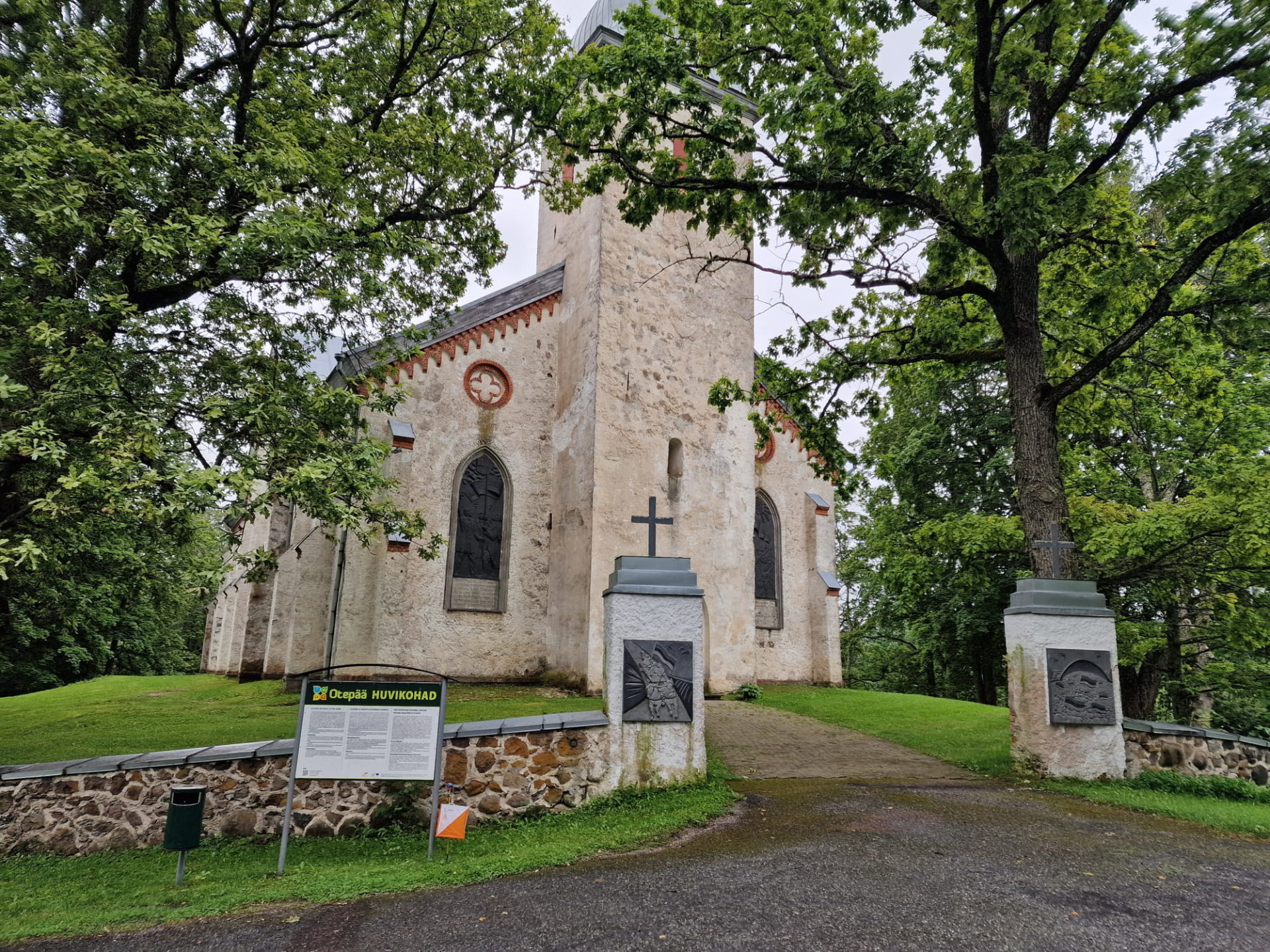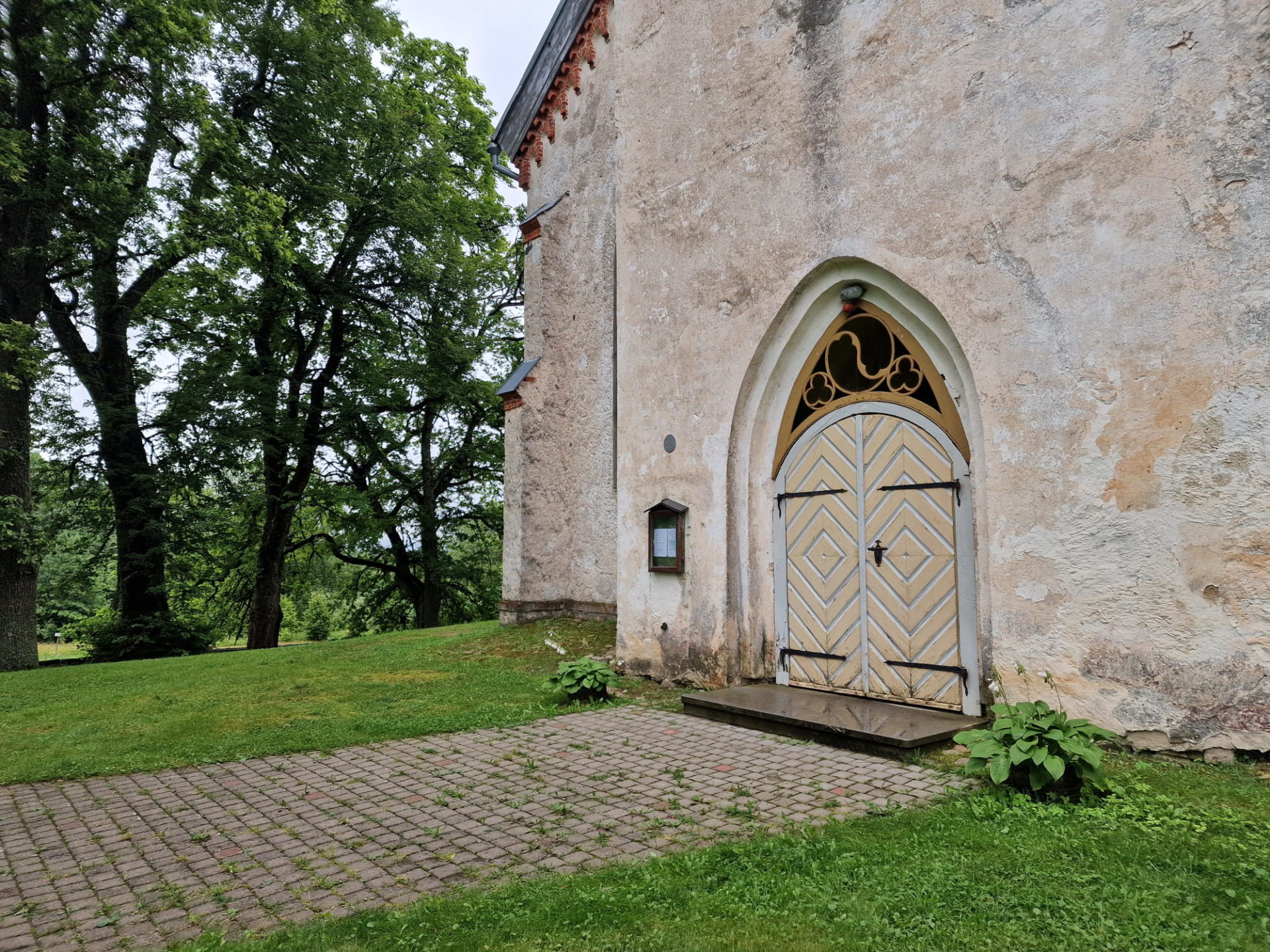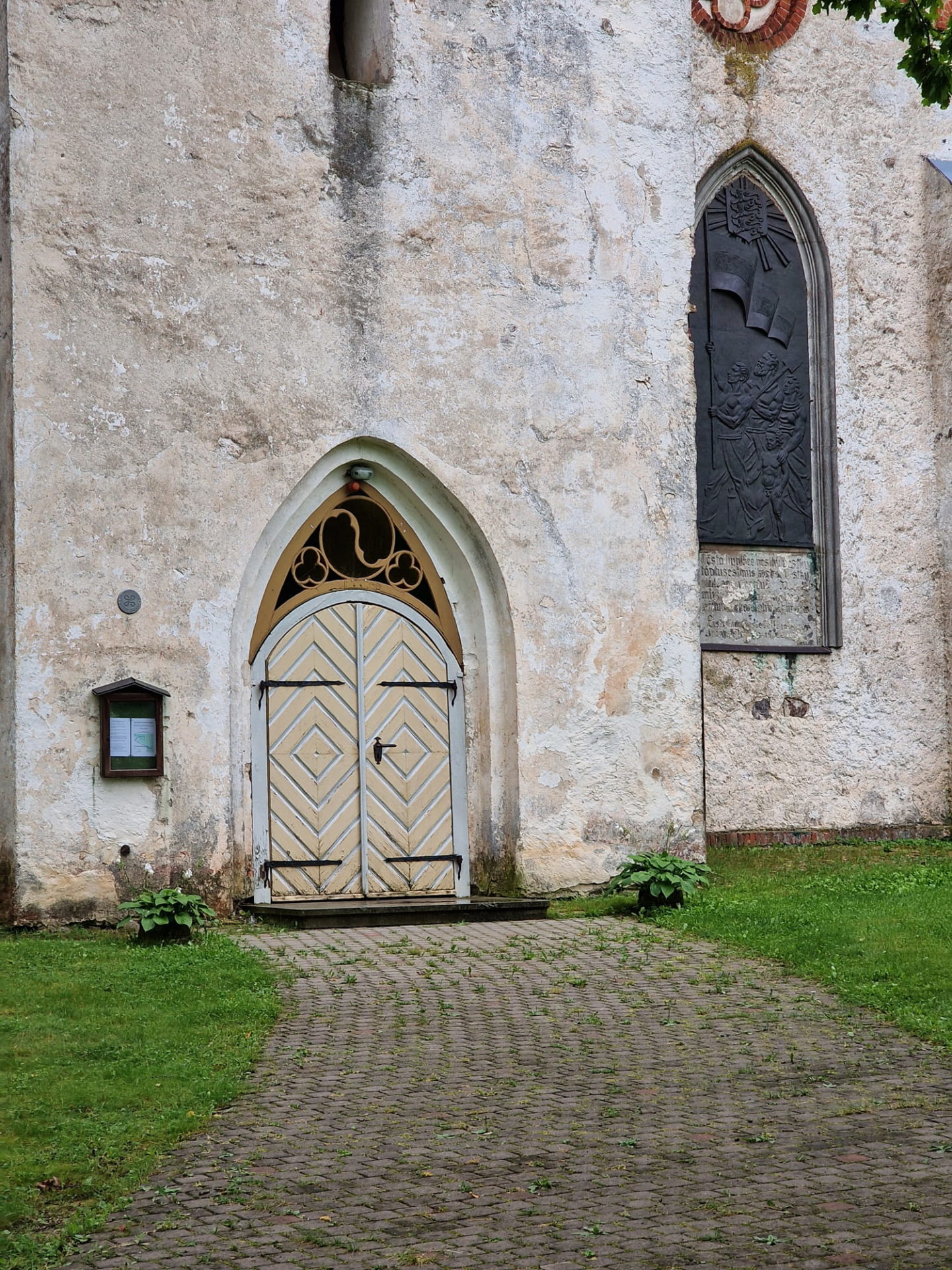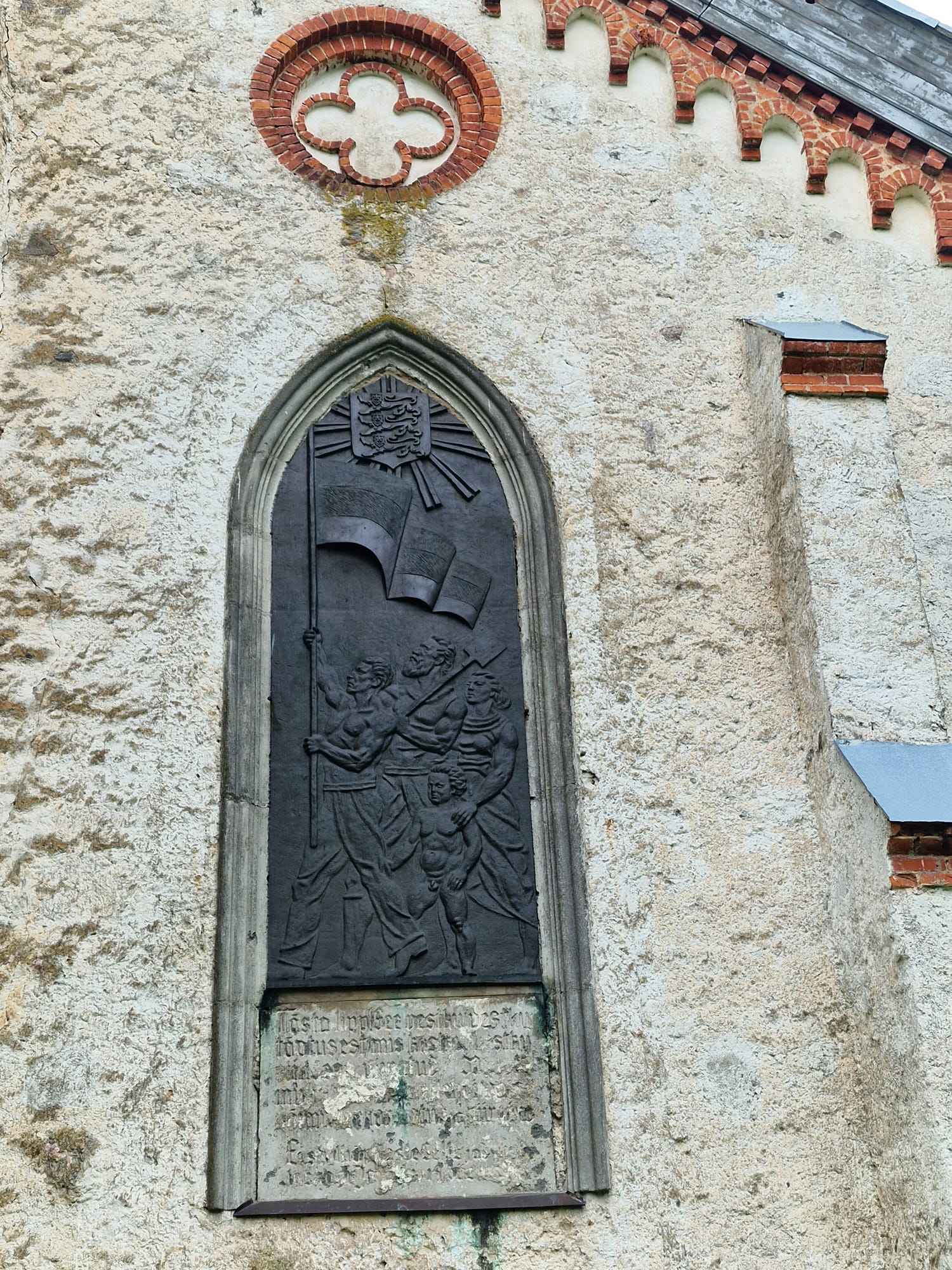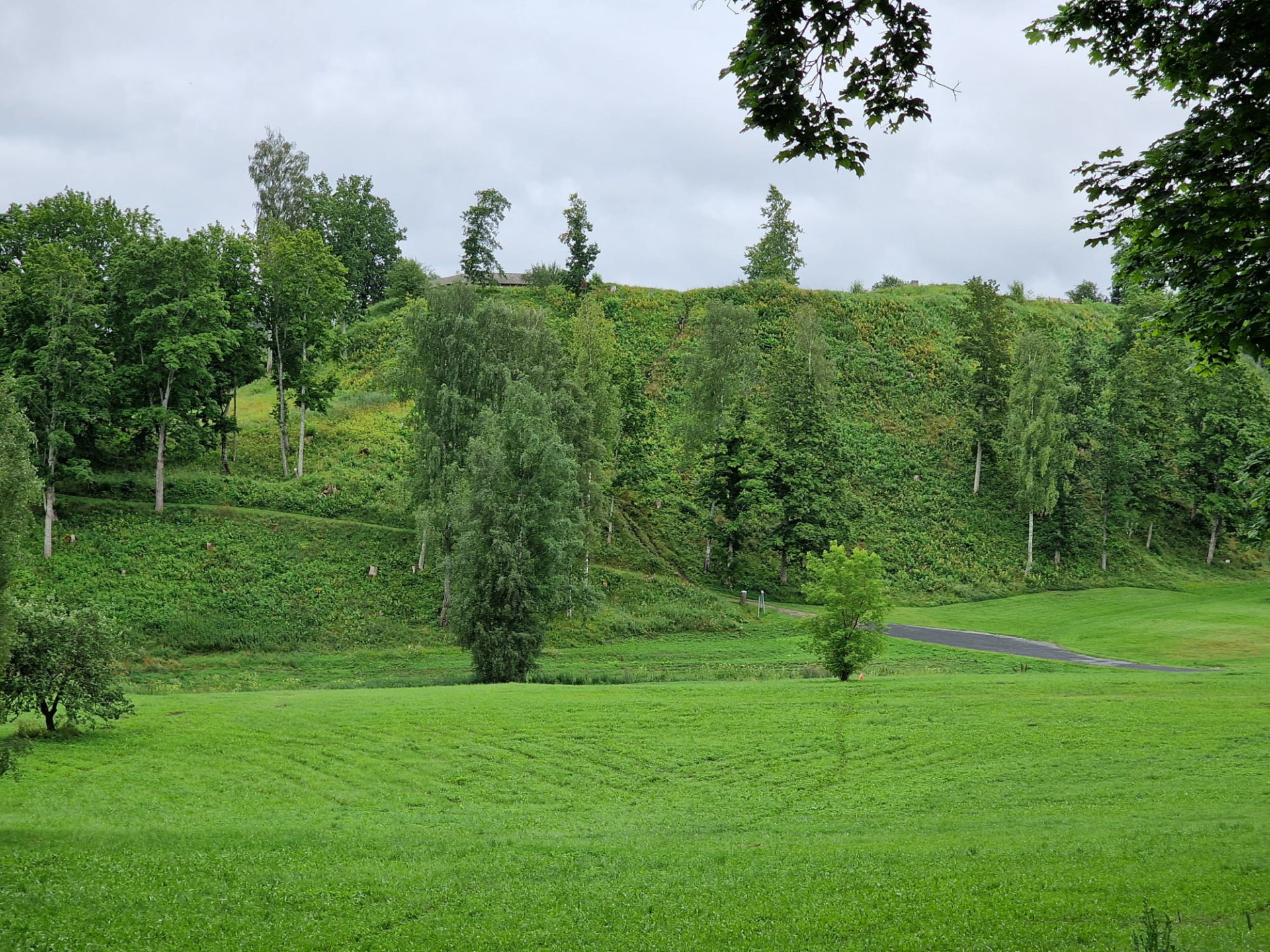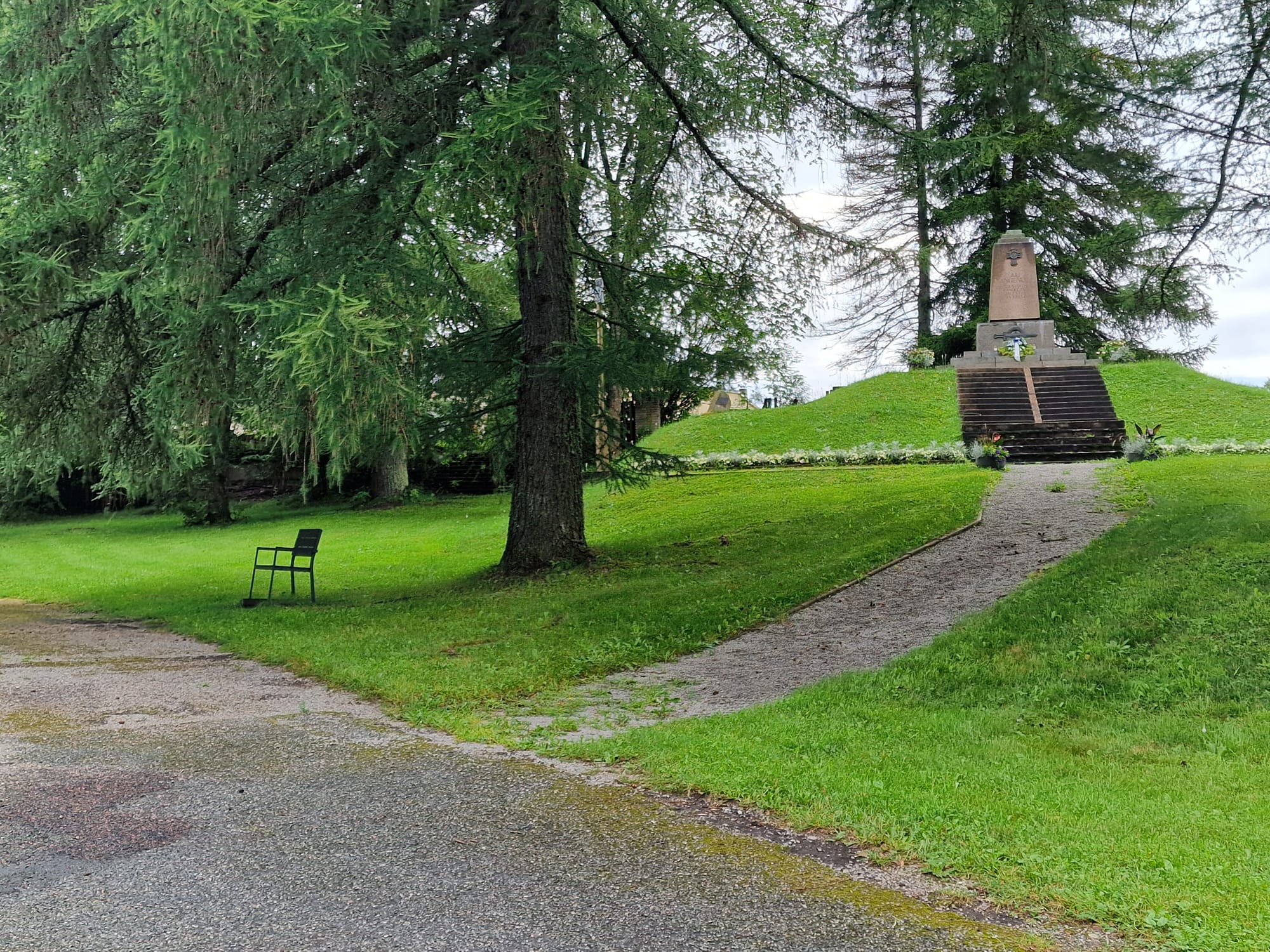Over a thousand years ago, an ancient stronghold was built in Otepää, which later became the center of the Ugandi county. For a couple of centuries, the area remained relatively peaceful until 1208, when the stronghold was burned down by the Germans, followed two years later by the Russians, and then the Latvians. In 1215, Otepää surrendered to the Livonian Brothers of the Sword, and two years later to the Prince of Pskov. In 1220, the order’s knights took control again, only to be replaced by the Russians three years later. In 1224, Otepää became the property of the Bishop of Tartu. Construction of a stone fortress and a church began immediately on the hillfort.
It was the first stone fortress in Southern Estonia. Next to it, on a small heart-shaped field, Otepää’s first church was built and consecrated to Saint Elizabeth.
Disputes over the use of the church arose between the Estonians and the Germans, leading the Estonians to build their own new church—St. Mary’s Church—slightly further away, presumably on the site of the current church. Thus, Otepää had two churches at the same time: the old and smaller St. Elizabeth’s Church for the Germans, and the new and larger St. Mary’s Church for the Estonians. This was also noted by the papal legate William of Modena, who visited Otepää.The memorial to those fallen in the War of Independence, located on the hill in front of Otepää St. Mary’s Lutheran Church, is remarkable for having been hidden underground for 30 years.
Description
There are parking spaces available, but no designated accessible parking spot. A small door threshold is located at the entrance, which may pose an obstacle for mobility aid users. The nearest accessible toilet facilities are at Otepää COOP.
Accessibility
Facilities
7 Photos
Over a thousand years ago, an ancient stronghold was built in Otepää, which later became the center of the Ugandi county. For a couple of centuries, the area remained relatively peaceful until 1208, when the stronghold was burned down by the Germans, followed two years later by the Russians, and then the Latvians. In 1215, Otepää surrendered to the Livonian Brothers of the Sword, and two years later to the Prince of Pskov. In 1220, the order’s knights took control again, only to be replaced by the Russians three years later. In 1224, Otepää became the property of the Bishop of Tartu. Construction of a stone fortress and a church began immediately on the hillfort.
It was the first stone fortress in Southern Estonia. Next to it, on a small heart-shaped field, Otepää’s first church was built and consecrated to Saint Elizabeth.
Disputes over the use of the church arose between the Estonians and the Germans, leading the Estonians to build their own new church—St. Mary’s Church—slightly further away, presumably on the site of the current church. Thus, Otepää had two churches at the same time: the old and smaller St. Elizabeth’s Church for the Germans, and the new and larger St. Mary’s Church for the Estonians. This was also noted by the papal legate William of Modena, who visited Otepää.The memorial to those fallen in the War of Independence, located on the hill in front of Otepää St. Mary’s Lutheran Church, is remarkable for having been hidden underground for 30 years.
Description
There are parking spaces available, but no designated accessible parking spot. A small door threshold is located at the entrance, which may pose an obstacle for mobility aid users. The nearest accessible toilet facilities are at Otepää COOP.
Accessibility
Facilities
7 Photos
